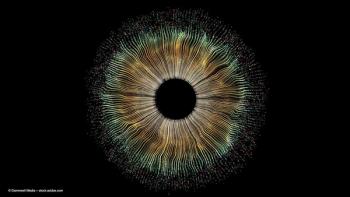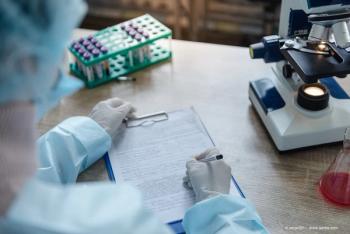
ARVO 2023: Valitor’s Presentation at ARVO 2023 details preclinical Data on its Anti-VEGF biologic in development for durable treatment of wet AMD
VLTR-557, Valitor's long-acting anti-VEGF biologic in development for durable wet age-related macular degeneration (AMD) treatment, showed that a single intravitreal (ITV) injection has potential to maintain clinical efficacy for more than six months.
Valitor shared new data about VLTR-557 at the 2023 ARVO annual meeting held in New Orleans. VLTR-557 is the company’s long-acting anti-VEGF biologic in development for durable wet age-related macular degeneration (AMD) treatment.
Preclinical results demonstrated highly-localized and sustained drug exposure to ocular tissues and also confirmed the anti-VEGF bioactivity of VLTR-557. In addition, it exhibited high binding affinity to VEGF-A and remained stable under physiologic conditions for six months.Importantly, the initial formulations were well-tolerated. These data suggest that a single intravitreal (ITV) injection of VLTR-557 has potential to maintain clinical efficacy for more than six months.
“These are exciting data, which demonstrate a highly differentiated profile compared to available AMD treatments. Specifically, results show that a single administration of VLTR-557, our long-acting anti-VEGF biologic for AMD, has the potential to maintain clinical efficacy with a standardized administration protocol of once every six months, which is longer than the current anti-VEGF biologics that require patient-specific dosing intervals,” said Wesley Jackson, Ph.D., chief scientific officer of Valitor. “Current available AMD treatments are limited by the need for more frequent injections and inconsistent patient-to-patient dosing protocols, which often leads to poor compliance and lower long-term efficacy. Our multivalent polymer technology, as demonstrated with VLTR-557, is designed to overcome these challenges by enabling long-acting results with reliable intravitreal durability and providing better treatment options for patients with AMD.”
Highlights from the VLTR-557 Poster Presentation
Pharmacokinetics Overview
- The half-life of VLTR-557 in the vitreous humor was 15.6 days, and its half-life in the other ocular tissues was approximately the same.
- The retina/choroid tissues had the second highest concentration of VLTR-557, which was approximately one third of the concentration in the vitreous humor.
- The serum concentration of VLTR-557 was approximately 10,000X lower than the vitreous humor concentration.
- Changes in VLTR-557 concentration in systemic tissues were similar to those in the serum-level concentrations.
Pharmacodynamics Overview
- VLTR-557 exhibited sub-picomolar affinity to VEGF-A, resulting in rapid attenuation of VEGF signaling in vitro.
- VLTR-557 remained stable and maintained high binding affinity to VEGF for 6 months under physiological conditions.
Safety Overview
- The pilot formulations of VLTR-557 appeared to be tolerated in a repeat-dose preclinical model.
Newsletter
Keep your retina practice on the forefront—subscribe for expert analysis and emerging trends in retinal disease management.










































